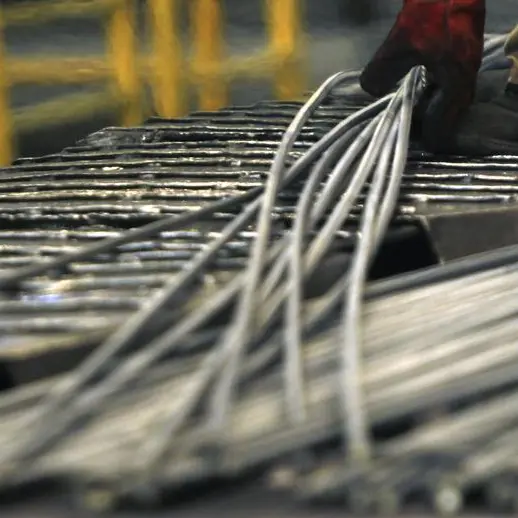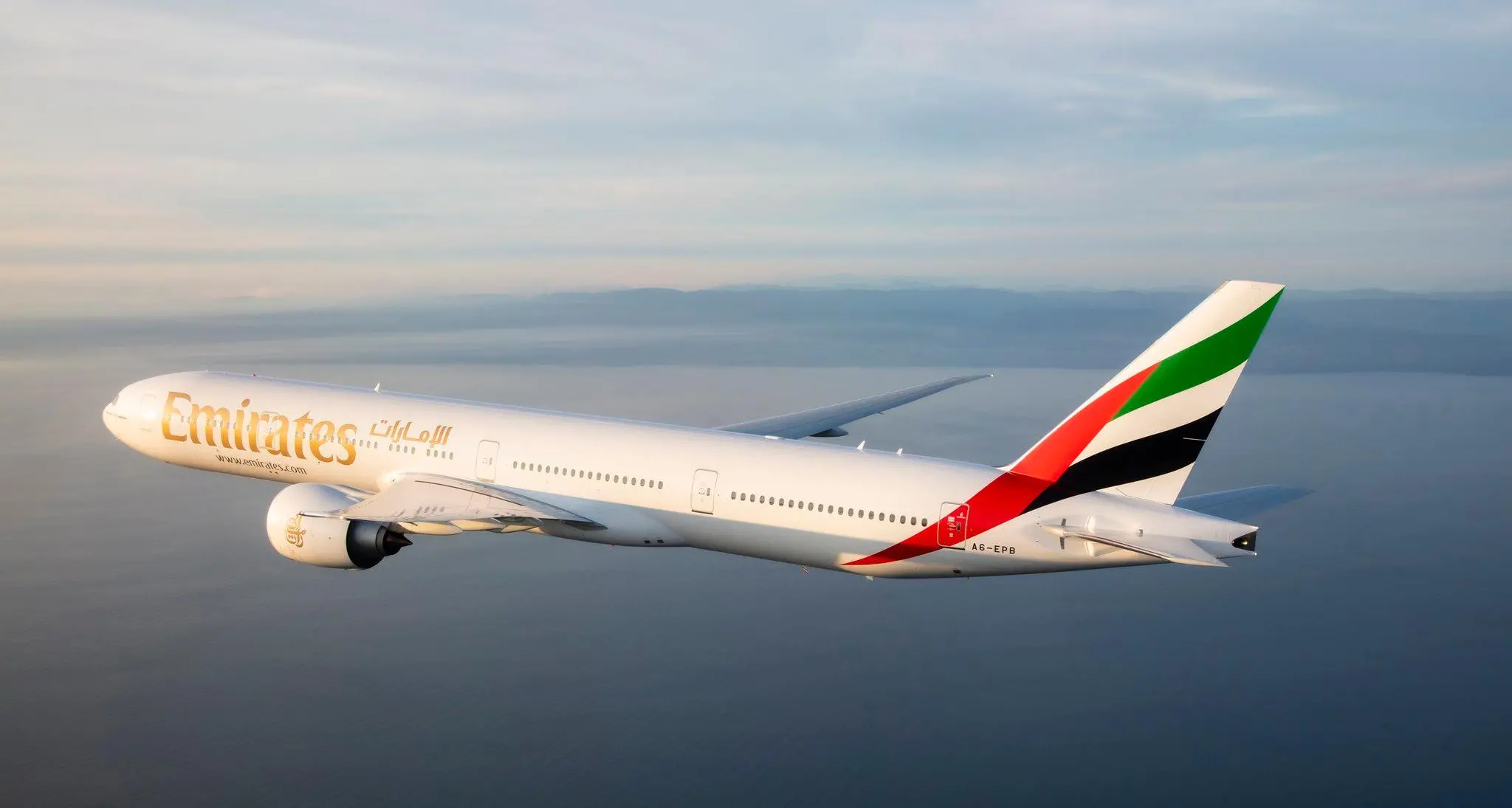LONDON- Sterling edged up against the U.S. dollar and was steady versus the euro on Wednesday, but clouds lingered over the pound after UK inflation fell below 1% to its lowest in nearly four years.
The drop in inflation fuelled speculation the Bank of England would cut interest rates below zero to bolster an economy hammered by the coronavirus pandemic.
Inflation sank to 0.8% in April, its lowest since August 2016. The pound fell after the data were released.
Sterling then recovered as the dollar fell, last trading up 0.1% against the dollar and flat at 89.24 pence versus the euro.
"With inflation significantly below the BoE’s 2% target, we can expect negative rates discussion to pick up at the June monetary policy meeting," said Fiona Cincotta, an analyst at trading platform GAIN Capital.
Britain sold a government bond that pays a negative yield for the first time on Wednesday - meaning investors would be repaid less than they lent, so the government was effectively being paid to borrow.
Kit Juckes, macro strategist at Societe Generale, said it would be a bad idea for the BoE to lower rates below zero.
"Personally, I can't think of an economy where negative rates are a worse idea than the UK," he said.
"The Chancellor has dramatically increased government borrowing and the Bank of England is buying the economy time by mopping most of it up ... How on earth does it make sense to even consider adding negative rates to the mix"
Negative rates would push the British currency lower and "if the pound falls enough, it will make quantitative easing harder," Juckes said.
The pound is in the lower band of its recent trading range, as Britain remains one of the countries most affected by the pandemic, with more than 35,000 deaths and nearly 250,000 infected.
(Reporting by Olga Cotaga; editing by Larry King) ((olga.cotaga@tr.com))











